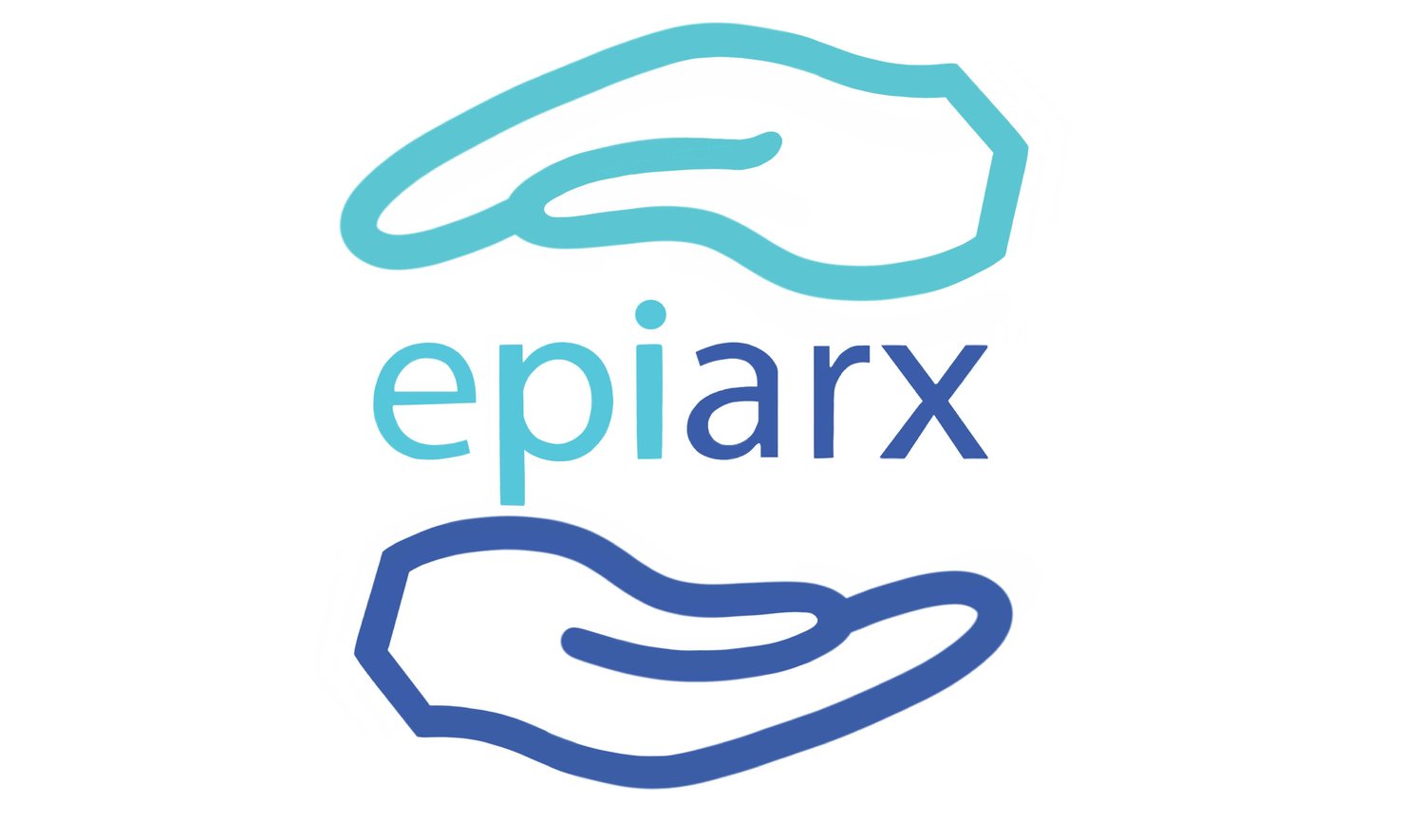How to Understand an Autopsy Report and Genetic Findings After a Loved One’s Death
When someone you love dies, you’re suddenly managing arrangements, paperwork, and grief, all at once. In the middle of it, the autopsy report can feel overwhelming or full of medical language that’s hard to grasp. Many families search for help interpreting these reports or post-mortem genetic results, but clear, compassionate guidance is rare.
At EPIARX, we believe the report isn’t the end; it’s the beginning of informed healing and decision-making.
Why the Report Matters
An autopsy report does much more than list a cause of death. It often explains:
What the pathologist observed
How those findings relate to illness, injury, or sudden death
Whether any underlying or inherited conditions were present
How those findings could affect surviving family members’ health
Whether more testing (such as genetics) is recommended
It’s normal for the full report to take several weeks, so knowing that upfront can ease unnecessary worry. And families deserve more than a PDF — they deserve explanations, time for questions, and a clear understanding of what the results mean.
Step 1: Request the Full Report and Talk It Through
Ask for:
The full autopsy report
Any toxicology or laboratory addendums
Any summary letters or correspondence from the pathologist
Check that the report includes the person’s name, date of death, cause and manner of death, and any recommendations.
If possible, request a 20–30 minute phone call or meeting with the pathologist or a member of the team. A short conversation can translate complex findings into plain English. Go in with a few questions ready:
Were there any unexpected findings?
Could anything impact our family’s health?
Do we need to share this with our doctors?
Are there any next steps or follow-ups you recommend?
EPIARX can help you prepare for or facilitate this discussion so you can get clear answers.
Step 2: Understand Genetic or Molecular Findings
Sometimes the autopsy report suggests, but doesn’t include, genetic testing. This is common in sudden, unexplained, or cardiac-related deaths. Post-mortem genetic testing can answer crucial questions:
Was this inherited?
Could it affect our children, siblings, or parents?
If a variant or inherited condition is found, the next steps may include:
Genetic counseling to interpret the findings
Referrals to specialists (cardiology, neurology, oncology, etc.)
Preventive screening for first-degree relatives
Even if no genetic cause is identified, that information is valuable; it narrows possibilities and provides documentation for family physicians.
Step 3: Connect the Medical Findings to Real Life
Autopsy results affect more than medical charts; they touch your family’s health, legal, and emotional world.
Health:
Share relevant findings with family doctors. If the report shows heart disease, clotting disorders, or potential genetic conditions, this knowledge can save lives.
Legal and insurance matters:
Precise language in the report can influence life insurance or accidental death claims. Having the final, official report can help resolve questions clearly and respectfully.
Family communication:
If a genetic risk is discovered, sharing that information can be delicate. A genetic counselor, grief specialist, or medical social worker can help you communicate with compassion and accuracy.
Follow-up plan:
Write down who needs to tell their doctor, what tests are recommended, and by when. These details can easily get lost in the shuffle.
Step 4: Ask About Sample and DNA Preservation
One often-overlooked section of the autopsy process involves tissue and DNA samples. These samples can be essential for future genetic testing or second opinions.
Ask:
What samples were collected and preserved?
Where are they stored, and for how long?
Can they be released to another lab later?
Do I need to sign additional consent forms?
EPIARX can help coordinate long-term sample preservation or future re-testing if new medical information arises.
Step 5: Let the Findings Help With Healing
Understanding why someone died doesn’t erase the loss, but it can provide clarity, and that clarity can be deeply healing.
At EPIARX, we help families:
Confirm that everything possible was done
Make sense of unexpected or complex deaths
Protect living relatives through informed prevention
Transform medical data into understanding and peace
Grief and science don’t have to exist separately. You can have both compassion and clarity.
How EPIARX Fits In
EPIARX bridges the gap between families, clinicians, and funeral partners by helping you:
Review or interpret existing autopsy reports
Coordinate or recommend post-mortem genetic testing
Preserve or transfer samples for future analysis
Obtain second opinions when questions remain
Everything we do honors your family’s values, culture, and timing.
Our mission is to ensure that the answers you receive can be used for healing, understanding, and prevention.
What to Do Next
Visit our Support Center for step-by-step guides on:
Understanding autopsy reports
Post-mortem genetic testing
Communicating findings with your doctor
Schedule a consultation with the EPIARX team if:
Your report is confusing
You suspect an inherited condition
You need help preserving samples or planning follow-up testing
You’re supporting another family member’s medical care
We’ll walk you through the next right step so your loved one’s report doesn’t just sit in a folder, but becomes a source of clarity and care.

